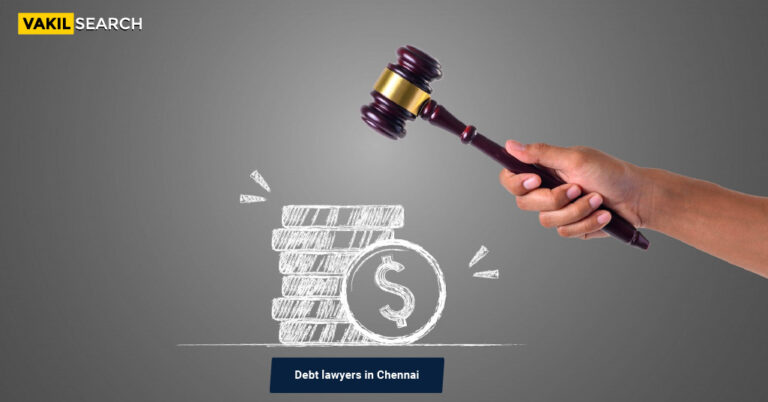A debt collection letter can be used to help your client pay your debts on time. This guide will teach you how to write a debt collection letter in minutes.
A letter for debt collection is a formal letter that requests the debtor to pay the amount owed. It is also possible to inform the debtor of the consequences of not making a payment. A collection letter should be sent after all other attempts to collect the debt have been unsuccessful.
When it comes to the commercial world, the letter might be sent to a client who has not paid directly or via a collection agency. The purpose of a letter used for debt collection is to inform the recipient that you are attempting to collect a debt from them and that it is a legal requirement for them to pay the amount.
Additionally, the letter should provide contact information for both parties so they may communicate directly, particularly on the weekends and outside regular business hours.
How Are Debt Collection Letters Generally Worded?
Your first letters may and should be polite, reminding the delinquent customer of their obligation and requesting that they resume payments as soon as possible. This is crucial not because of politeness but because customers sometimes forget to pay or believe they have paid.
If this is the case, you must remind them of their financial commitments and request immediate payment. Remember that your customer may have fallen on hard times owing to sickness or other personal concerns, so if you can assist them by providing a discount or payment plan, you should do so.
However, as time passes, you continue to get either no answer or no payment. The language of your debt collection letters should become harsher and warn the customer that they may be subject to legal action if they do not continue making payments for Debt Recovery. Often, this is the only means to collect payment from a customer. If people realise you are serious, they will frequently be more likely to pay what they owe; otherwise, they may believe you will not pursue legal action.
What Are the Purposes of Debt Collection Letters?
A debt collection letter is a written communication sent to a creditor to collect a debt. In most cases, debt collection letters have three main purposes:
- Informing debtors of their debt
First and foremost, a debt collection letter is to remind debtors of their outstanding balance and original due date. The letter should include all pertinent debt facts, so there is no ambiguity about what is being requested. Notably, a debt collection letter should never be issued until a debtor has failed to make the first payment on schedule.
If this is your intention, it is often wise to keep your letter cordial and avoid threatening legal action until some time has passed. This is done because the customer may have simply forgotten or be experiencing cash flow issues.
-
Developing a payment plan
If your debtor is experiencing cash flow issues, a debt collection letter may also be utilised to establish a payment plan. In your message, you may provide the first payment plan, and your non-paying customer can either accept it or contact you to make modifications. For instance, if a debtor owes you ₹50,000 but cannot pay the whole amount immediately, you may propose an instalment payment plan for ₹5,000 each month over ten months.
-
Notifying them of legal proceedings
The last and most severe aim of a debt collection letter is to inform a non-paying customer that legal action has been initiated. This route is typically pursued after the debt has been unpaid for an extended period. Once you determine that an excessive period has passed, the next step is to issue a debt collection letter explaining the legal actions the debtor may anticipate.
What Should a Debt Collection Letter Include?
As you can see, a debt collection letter is an important part of the debt collection process. But what should it include? Here’s the following details that your letter must contain:
- The amount of money owed by the debtor
- The settlement of a debt (initial due date)
- The newly recommended due date for debt repayment
- Instructions for the payment of the debt
- Include a paragraph in your first letter including debt collection information advising the non-paying customer to contact you if they have paid the bill and you have made an error
- In the first or second letter, a payment reminder is included
- During the beginning phases of the procedure, a reminder that you would want to deal with the party in the future as a customer, but you still anticipate payment for the amount owed
- In addition, a warning of legal action if the loan is not repaid
- To be completely compliant with the law, your letter in the last phases of debt collection must inform the non-paying customer of their ability to challenge the claim via a validation letter of debt. So long as it is issued within a reasonable amount of time after receiving your collection letter of debt.
A Sample Debt Collection Letter
Here’s a simple demonstration of a debt collection letter:
XYZ
XYZ’s Address
13 October 2022
RE: Overdue Payment
Dear XYZ,
[For the first/second letter] This message is meant to serve as a friendly reminder that you still have an outstanding balance on your account that is ₹ [number], which was originally due on [date]. Kindly send money [either immediately or within the specified number of days] [insert payment instructions here]. Although we plan to continue our business partnerships in the foreseeable future, it is possible that this may not occur if your bill is not paid.
But if you have already paid on such an account, please contact us at [your contact info] so we can resolve the issue. Please accept our sincerest apologies for any inconvenience that this may cause.
[As the final collection letter to be sent to the customer before initiating legal action] This letter serves as our final notice that the ₹ [amount] balance due on [date] for your company’s account with us has not been paid. We deeply regret that we must inform you that if payment is not received by [date] [payment instructions], we will be compelled to turn over your debt to collectors.
Within [ range of days] days of the date at the top of this letter, you have the legal right to dispute this matter by sending a debt validation letter. If you want to do so, you must do so within [ this timeframe]. If this letter is not issued, it will be assumed that you will consent to transfer your debt to collections.
Sincerely,
(Your name)
(Your designation)
(The name of your company)
Conclusion
There are a variety of debt collection letters to draft, each with its own purpose. Choosing the most appropriate one for your situation can be hard without the right legal help. If that’s what you’re looking for, you should check out Vakilsearch. With more than thousands of listed accountants, business lawyers, we are best equipped to help you ensure that you’re able to get that debt paid off on time.
Read more:









